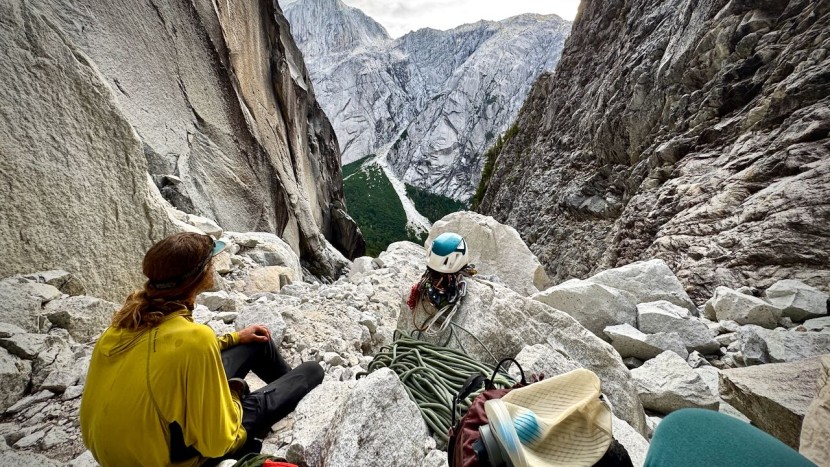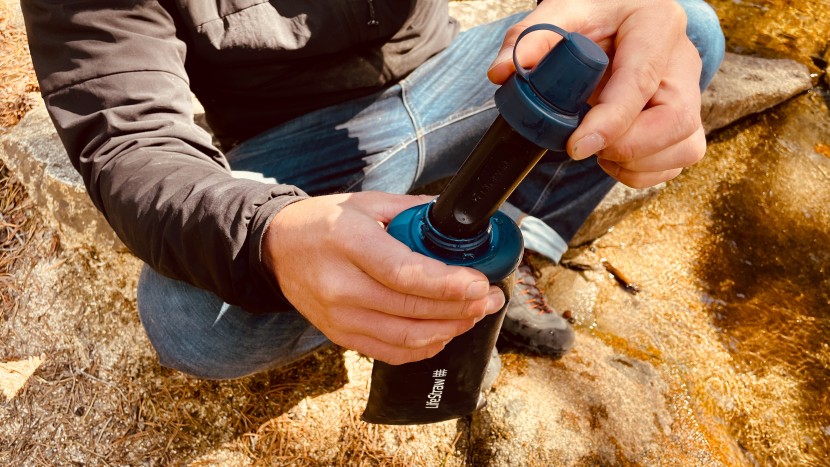Where We Test
To create the best review of backpacking water filters and treatment methods, we carefully researched and chose top models and then put them up to a series of rigorous tests. We polled other backcountry enthusiasts, including Appalachian Trail and Pacific Crest Trail thru-hikers, to see what treatment methods they choose to carry with them in the backcountry for months at a time. Then, we brought them with us in the backcountry on multiple overnight camping trips over several seasons of use. We also took eligible products fastpacking on 20+ mile missions that involved camping in between. With this information, we determine their worth in real-world situations, passing on our observations, comparisons, and recommendations to you.
Testing Metrics
Water Quality
We evaluated which filters were effective against certain contaminants based on the manufacturers' specifications. The main difference is whether they treat for Cryptosporidium and if they can purify viruses. We also looked to see how well systems rid super-dirty water of particulates. We did taste tests and tested each system in both clear and exceptionally turbid (water with lots of sediment) sources. We also tested different systems in a “sludge slurry” to see how each fared.
Durability, Construction, and Maintenance
We did rigorous field testing and tested each product for durability with regular backcountry use to see where these products fail with use. We also researched online by reading product reviews to see if there were trends in products based on other users.
Treatment Time
We time-tested each product by filling a liter bottle. We took three trials for each and averaged the test results. Some systems offer water on the go, so for each of these, it was deemed “instantaneous.” Pump filters were also a little subjective, but we had the same tester do all pump filters at a similar rate of “pump.” This helped us decipher which could intake more water and move it through the filter.
Weight and Packability
We did not take the manufacturer's word for it in this department. Instead, we tested these products on our scale with all the components we would want or need in the backcountry. We also assessed the profile of each product and stuffed each into backpacks, pockets, and hydration vests to see how they felt to carry for long distances.
Ease of Setup
In this metric, we consider what you have to do to get water. Does it work on the go, or do you need to set up a system, like a gravity filter? We also note how well a system can pull from different water sources in this category. To test this, we tried each in the field with varying environments, including steep banks, tiny puddles, and flowing streams.
Ease of Filtration
In this metric, we note how easily water goes through the system. In these tests, we noted the effort required to filter water. Did you have to use muscle to pump it through a filter or sit back and wait? We also note if parts are easy to lose in this metric.





